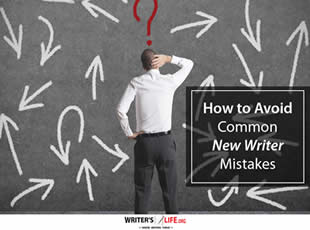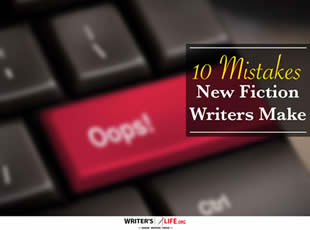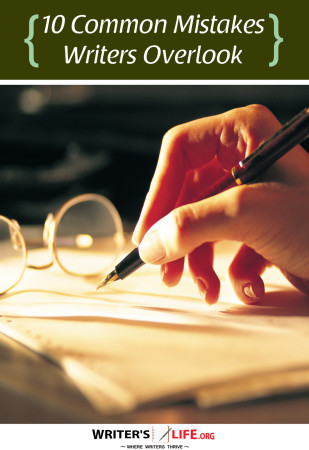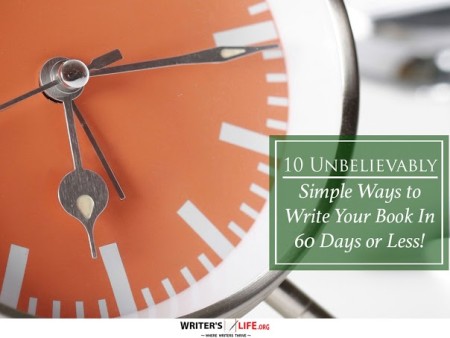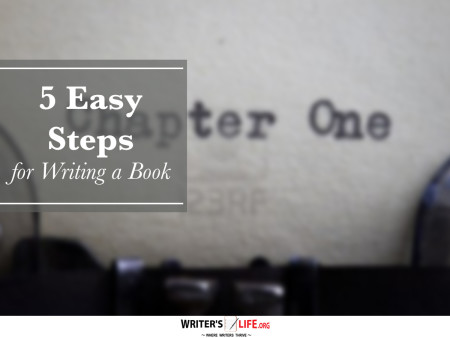- How To Tackle Jealousy In Creative Writing
- Common Submission Mistakes
- How To Stop Your Blog Becoming Boring
- The One Thing Every Successful Writer Has In Common
- How To Make Yourself Aware Of Publishing Scams
- Why Almost ALL Writers Make These Grammar Mistakes At Some Point
- 5 Tips For Authors On How To Deal With Rejection
- Top Mistakes to Avoid When Writing a Novel
- How to Avoid Common New Writer Mistakes
- 10 Mistakes New Fiction Writers Make
10 Ways to Build Suspense Without a Major Reveal

To build suspense without a major reveal, you need more than just plot twists; it’s about weaving tension into the very fabric of your narrative. Whether you're penning a novel, short story, or script, understanding how to effectively build suspense can elevate your writing to new heights.
Mastering Atmosphere: Key to Build Atmosphere and Suspense
Atmosphere is a crucial tool in creating suspense effectively. If you've ever stepped into a dimly lit room and felt an uneasy chill, you've experienced the power of atmosphere. Start by setting the scene in a way that stirs emotion. Utilize descriptive language to craft an environment that lingers with the reader, drawing them into the world you're building.
Consider using weather or settings to convey the internal conflicts of your characters. A brewing storm can reflect impending chaos, while a sudden gust of wind might signify a shift in dynamics. Your goal is to make the reader feel like they're with your characters, experiencing the tension first-hand.
Characterization Techniques to Increase Tension in Stories
Your characters can be instrumental in increasing tension. When readers connect with characters, they're invested in their journeys. Create multi-layered characters facing dilemmas that resonate emotionally. This can be achieved by giving them secret motives or vulnerabilities that gradually unfold, rather than relying on a reveal. The uncertain fates and unknown motivations add depth to your narrative.
Building suspense here is about psychological depth. How does a character react under pressure? What do they really want versus what they show the world? These layers can increase suspense more effectively than any surprise reveal.
Plot Structuring Tricks: Craft Non-Reveal Suspense Methods
Plot structuring is a core part of suspense building techniques. Employing non-linear narratives can keep readers guessing. Flashbacks, foreshadowing, and dropping cryptic hints are effective non-reveal methods. This invites readers to piece together the puzzle, offering suspense by making them active participants in the story.
Consider the narrative approach of movies like 'Pulp Fiction' or the novel 'Cloud Atlas.' They keep viewers and readers alike engaged by shifting perspectives and timelines. This method keeps the audience attentive, always searching for connections and meaning.
Pacing: Storytelling Suspense Tricks to Captivate Readers
Pacing is one of the most underrated storytelling suspense tricks. The rhythm of your story can create an undercurrent of tension. By varying sentences and paragraph lengths, you control the heartbeat of your narrative. Short, choppy sentences can convey urgency, while longer, more detailed passages can build a sense of inevitable dread.
Experiment with the balance between action and reflection in your scenes. Intensity should ebb and flow, allowing moments of reprieve so the tension can later build again even higher. It's this push and pull that keeps readers on edge.
Dialogue as a Tool for Non-Reveal Suspense Methods
Dialogue is an excellent tool for creating suspense effectively without rushing to reveal. What characters choose not to say often speaks louder than their words. Use pauses and subtext to fill conversations with unspoken conflict or hidden motives. This can keep readers hooked, trying to decipher what's left unsaid.
Craft conversations that tease. Let characters dodge questions or speak ambiguously. Readers will pick up on these nuances and anticipate a deeper understanding, sustaining their curiosity without needing an explosive reveal.
According to Wikipedia, suspense in dialogue keeps readers engaged through tension created by character interaction.
Leveraging the Unknown: Effective Suspense Tips for Writers
Engage your reader's imagination by leveraging the unknown. This is a suspense tip for writers who want to keep their audience actively involved. What isn't seen or explained can be more terrifying or intriguing than what is. Leave some facts ambiguous; allow your readers to draw their own conclusions until you decide to reveal more.
Engage readers by creating questions rather than always providing answers. This technique is often used in horror genres but is equally effective in mysteries and thrillers. When readers fill in the blanks with their imagination, the tension multiplies.
Internal Conflicts to Boost Suspense Without Reveals
Don't underestimate the power of internal conflict to build suspense. Characters struggling with internal dilemmas keep readers invested. This tension doesn't rely on a major reveal but instead focuses on personal stakes and ethical quandaries.
Whether a character must choose between loyalty and love, or truth and comfort, these internal battles add layers of suspense. Readers are naturally drawn to stories where characters' struggles mirror real-life moral complexities.
Create a Suspenseful Atmosphere with Sensory Details
Sensory details are powerful in building atmosphere and suspense. Descriptions that engage the senses instantly create a stronger connection between the reader and the scene. Consider how you can use sights, sounds, smells, and textures to enrich your setting and amplify tension.
A cold breeze, distant footsteps, or the acrid smell of smoke can serve to underline the suspenseful moments. Your descriptions should serve as breadcrumbs, guiding readers along without offering the full picture just yet.
Want to promote your book after it’s published? Check out our Book Marketing Articles.
Building Suspense Through Strategic Plot Twists
Plot twists are classic suspense techniques for authors. When employed sparingly and strategically, these twists can ramp up the tension without needing a major reveal. A twist doesn't have to be earth-shattering; even a small surprise can alter the course of your narrative and maintain intrigue.
Consider planting twists that intensify existing conflicts or reveal new stakes. These should feel organic to your story but provide enough jolt to keep readers engaged.
Subplots as Subtle Ways to Increase Suspense
Subplots offer subtle ways to increase suspense, weaving secondary stories that intersect with the main narrative. Through them, you can explore different angles of your core themes, introduce new characters, or even build anticipation for the main plot’s resolution.
These secondary narratives serve as quiet tension builders, influencing the main events indirectly yet meaningfully. They can create layers, providing depth and intrigue that enrich the overall storytelling experience.
Building suspense is not just about what is revealed, but what is skillfully withheld, leaving readers in a tantalizing limbo of anticipation.
Frequently Asked Questions About Build Suspense
Q: How can I build suspense if my story doesn't have a major twist?
A: Focus on atmosphere, character development, and pacing to weave tension into your narrative. These elements can sustain suspense throughout your story.
Q: What role do subplots play in building suspense?
A: Subplots can increase suspense by introducing additional layers of intrigue and complexity, which indirectly affect the main plot's tension.
Q: Can dialogue alone maintain suspense in my story?
A: Yes, dialogue can be a powerful tool for suspense. Use subtext and ambiguity to keep readers guessing and engaged without relying on major reveals.
If you're serious about growing your author career, don't miss out on these free tools and templates built specifically for writers. Access all 7 free resources here.



















